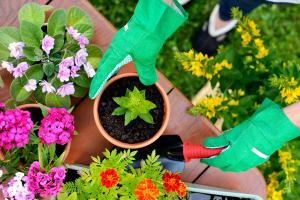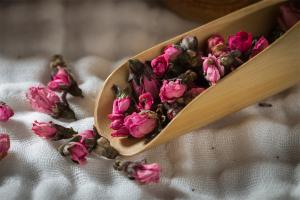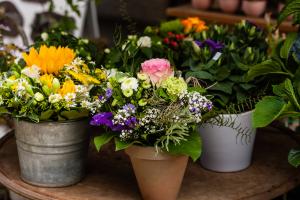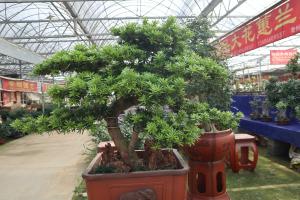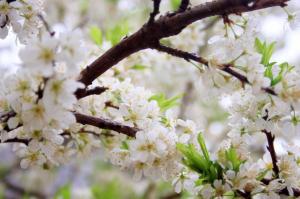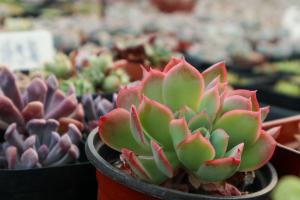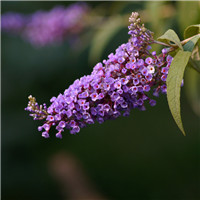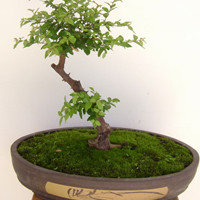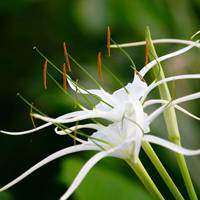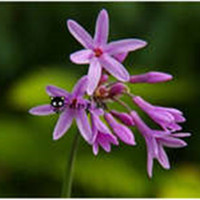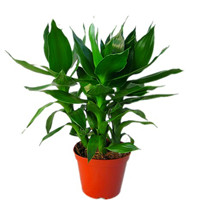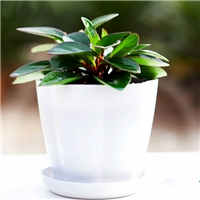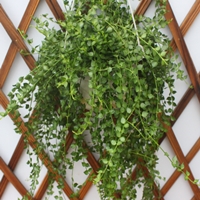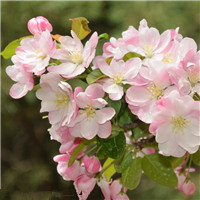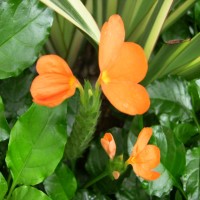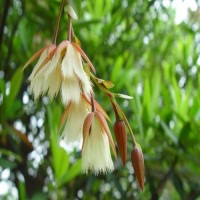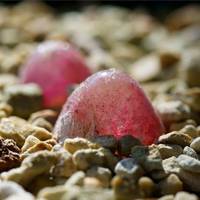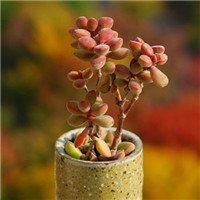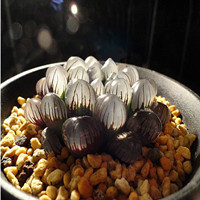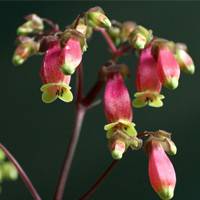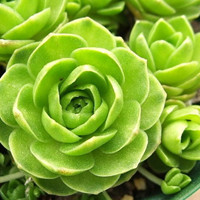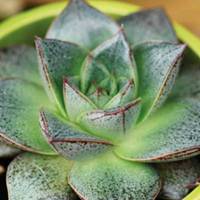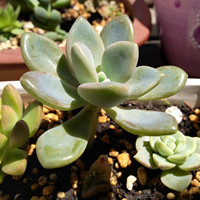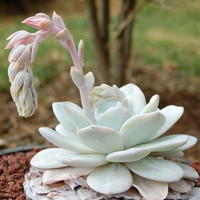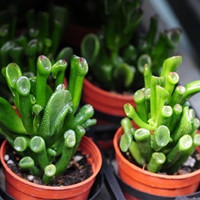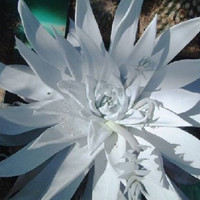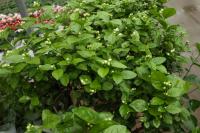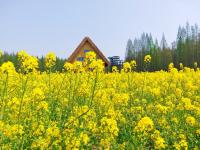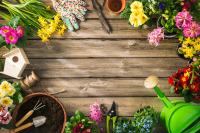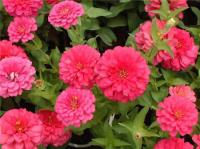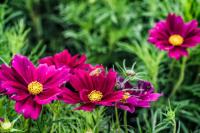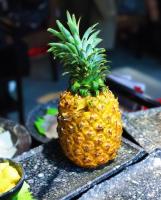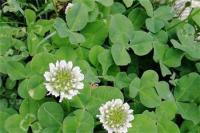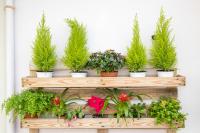1、 Curing method
1. Temperature: the normal growth temperature is between 16 ° C and 22 ° C. The properties of cold resistance and high temperature resistance are not high. The temperature in winter should be kept above 5 ° C and the temperature in summer should not exceed 35 ° C. otherwise, growth will stop and dehydration will occur
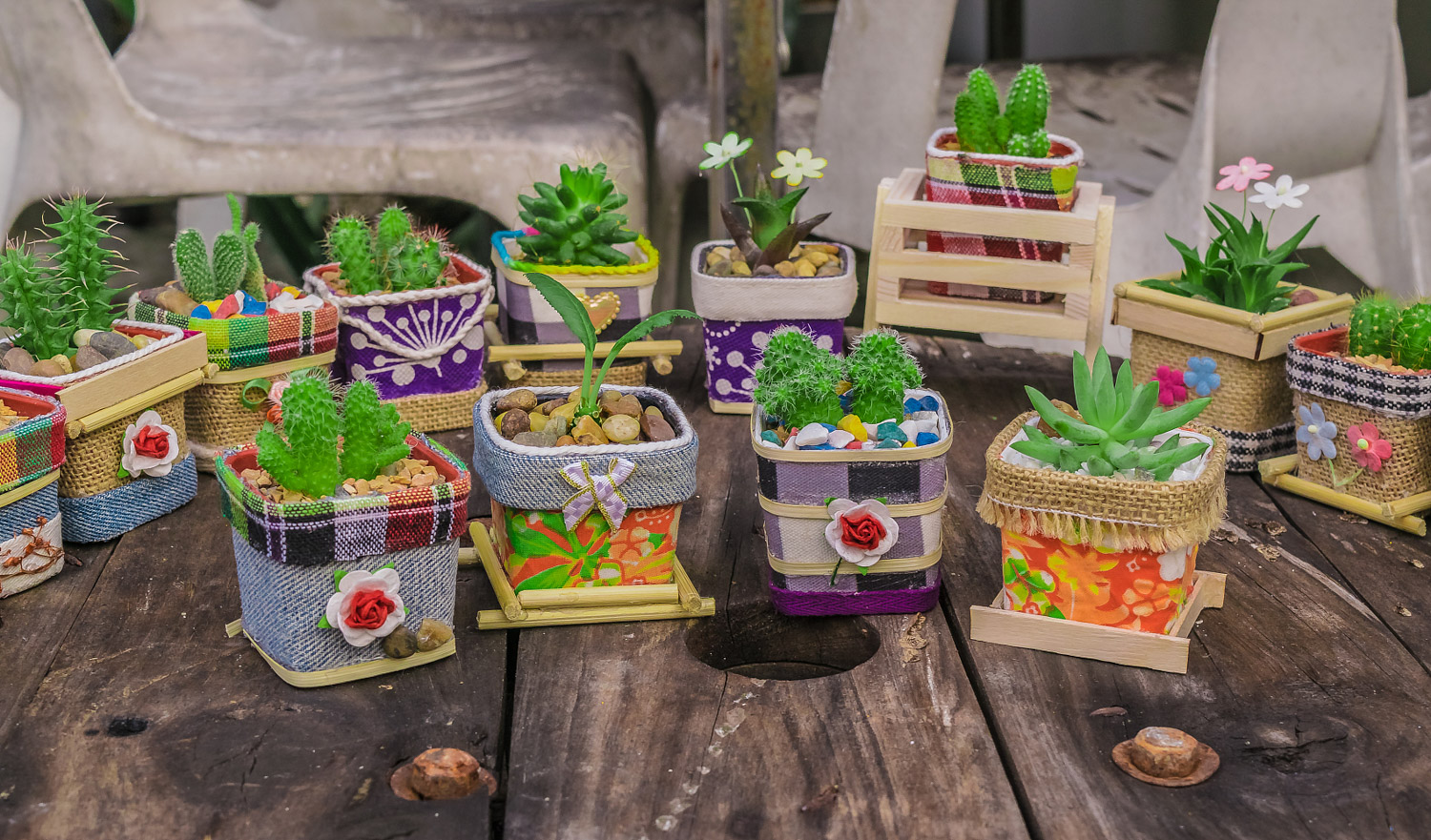
2. Watering: it is necessary to adhere to the principle of no drying, no watering and thorough watering. During the growth period in spring, the amount of watering can be increased to ensure that the soil has water. However, it is not necessary to pour too much in summer, because the plants begin to dormant at this time, and only a little water needs to be sprayed around them in the way of spraying to achieve the role of water replenishment
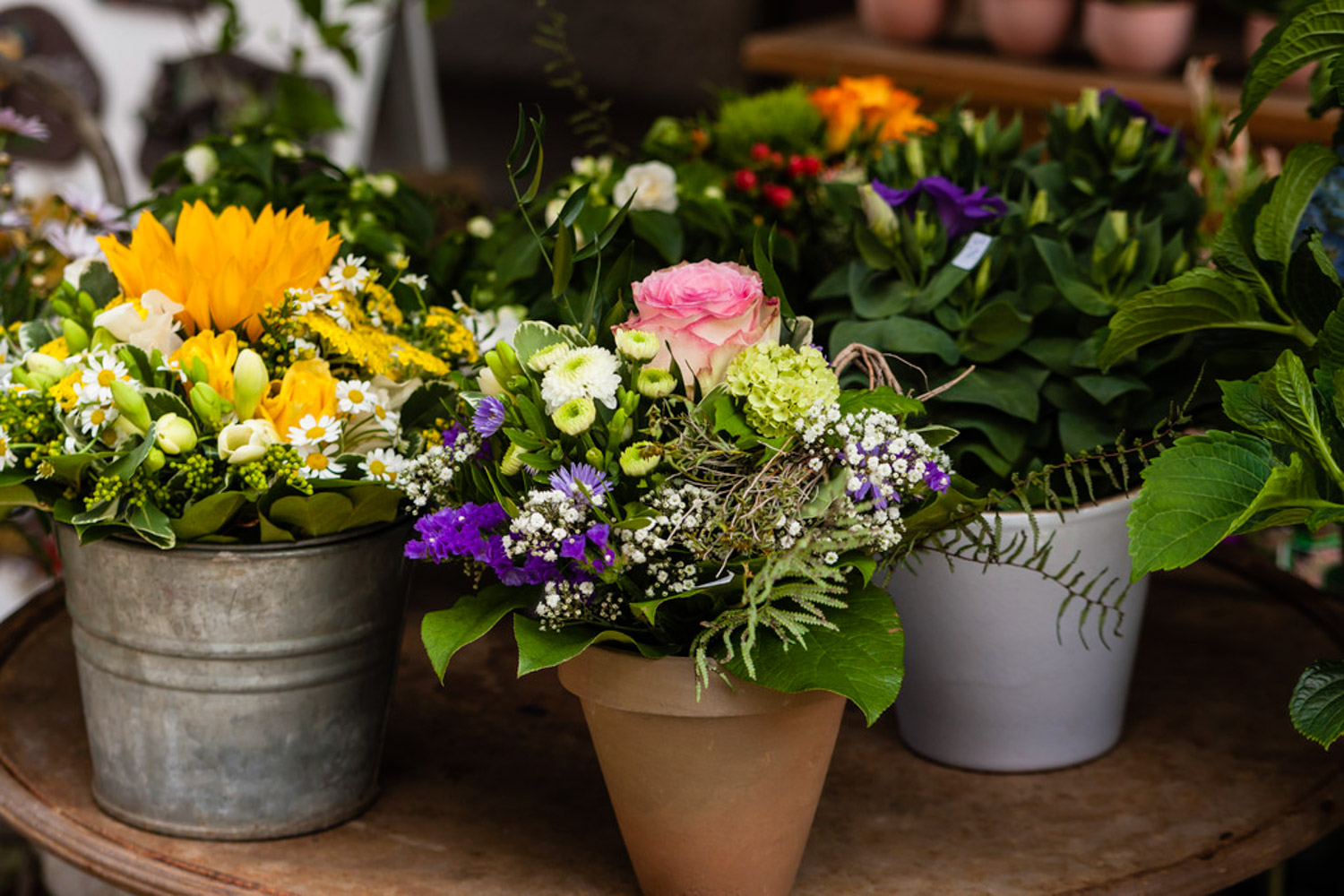
3. Light: you need to receive sufficient and warm sunshine. You can directly receive full-time sunlight in all seasons except summer. At the same time, if the light is insufficient, the color of the plant will become dark and the beauty will be seriously affected
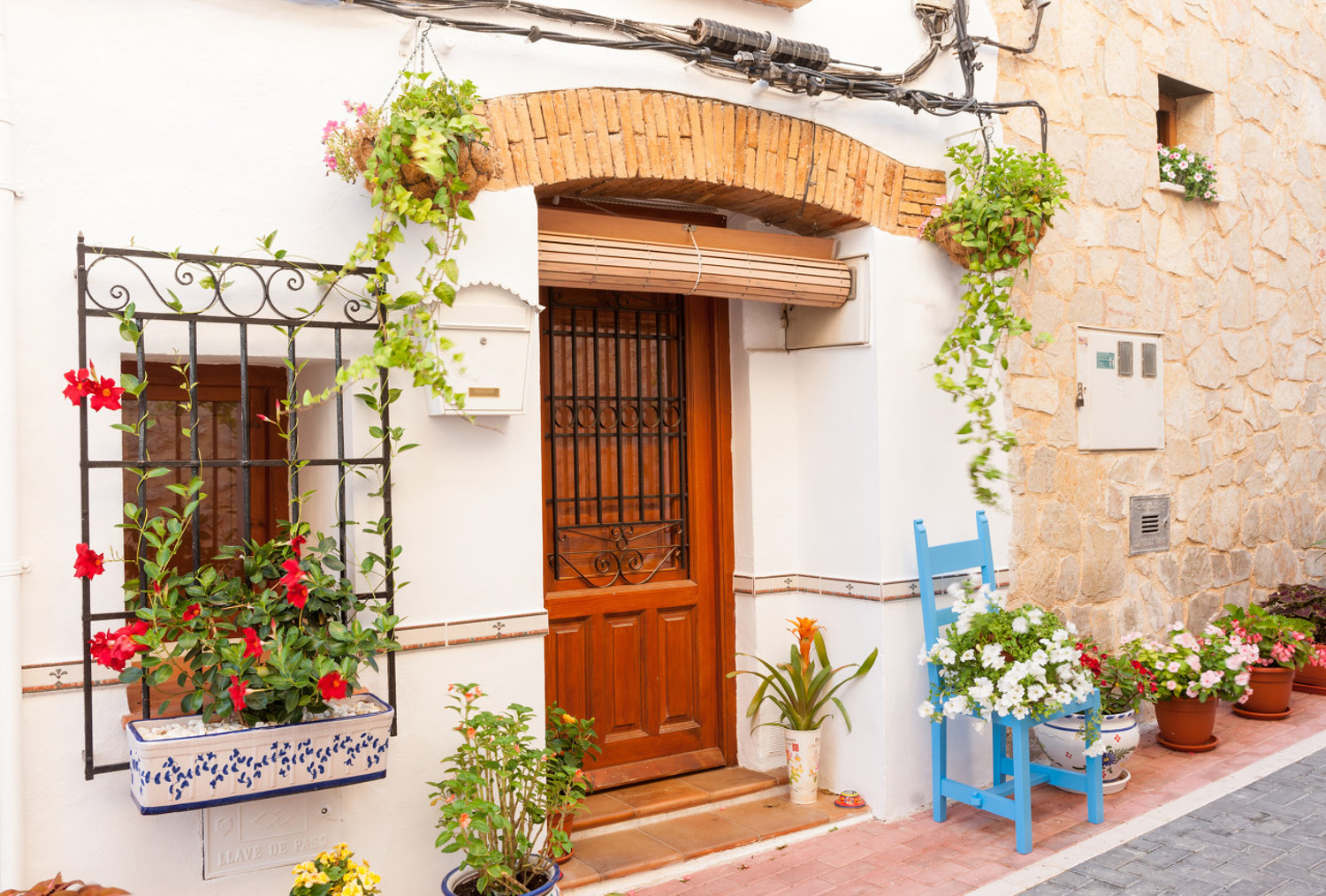
4. Fertilization: it is necessary to supplement the nutrients lacking in the soil. It should not be applied too much during the growth period, otherwise it will burn the root of the plant. It should be applied almost every few months. It is mainly compound fertilizer, not only one kind. Excessive singleness will cause the change of plant color
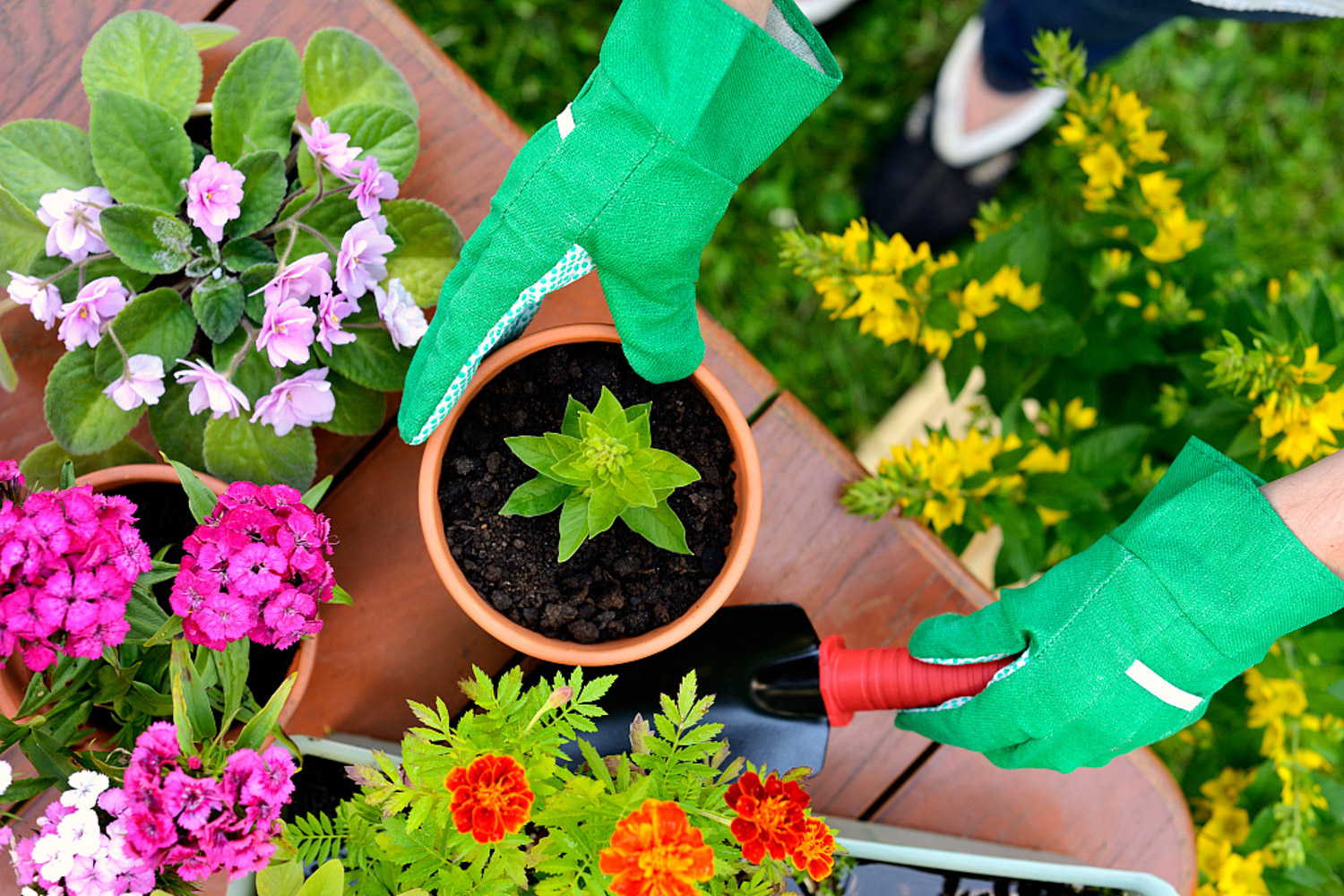
2、 Breeding skills
1. Reproduction: ramet is the main reproduction method, and ramet is very important for it. The survival rate of this method is relatively high. After ramet, it can be directly planted in other flower pots
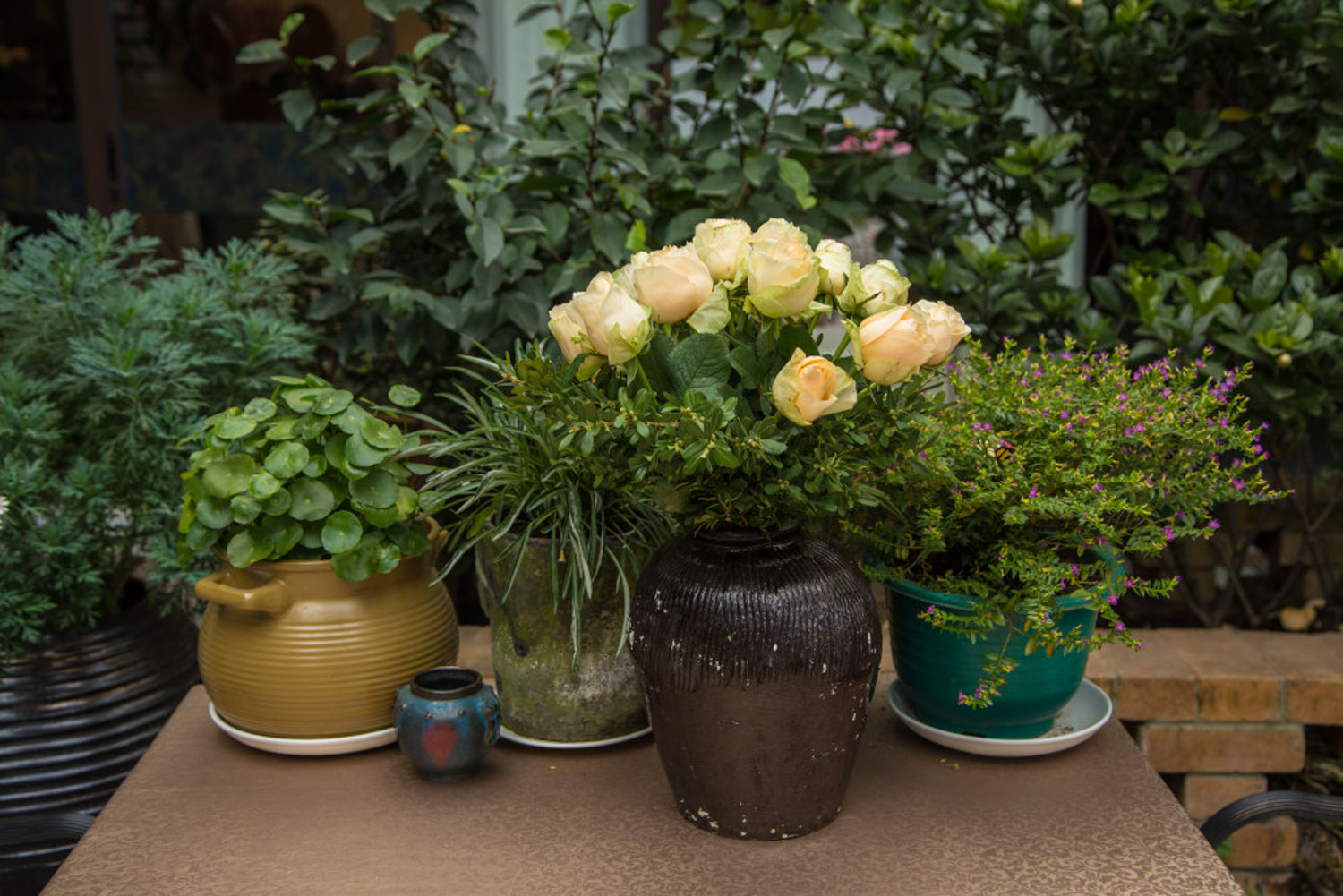
2. Pruning: it is easy to fill the basin, so the overall ventilation and light transmission will be affected, so some short branches and leaves need to be pruned
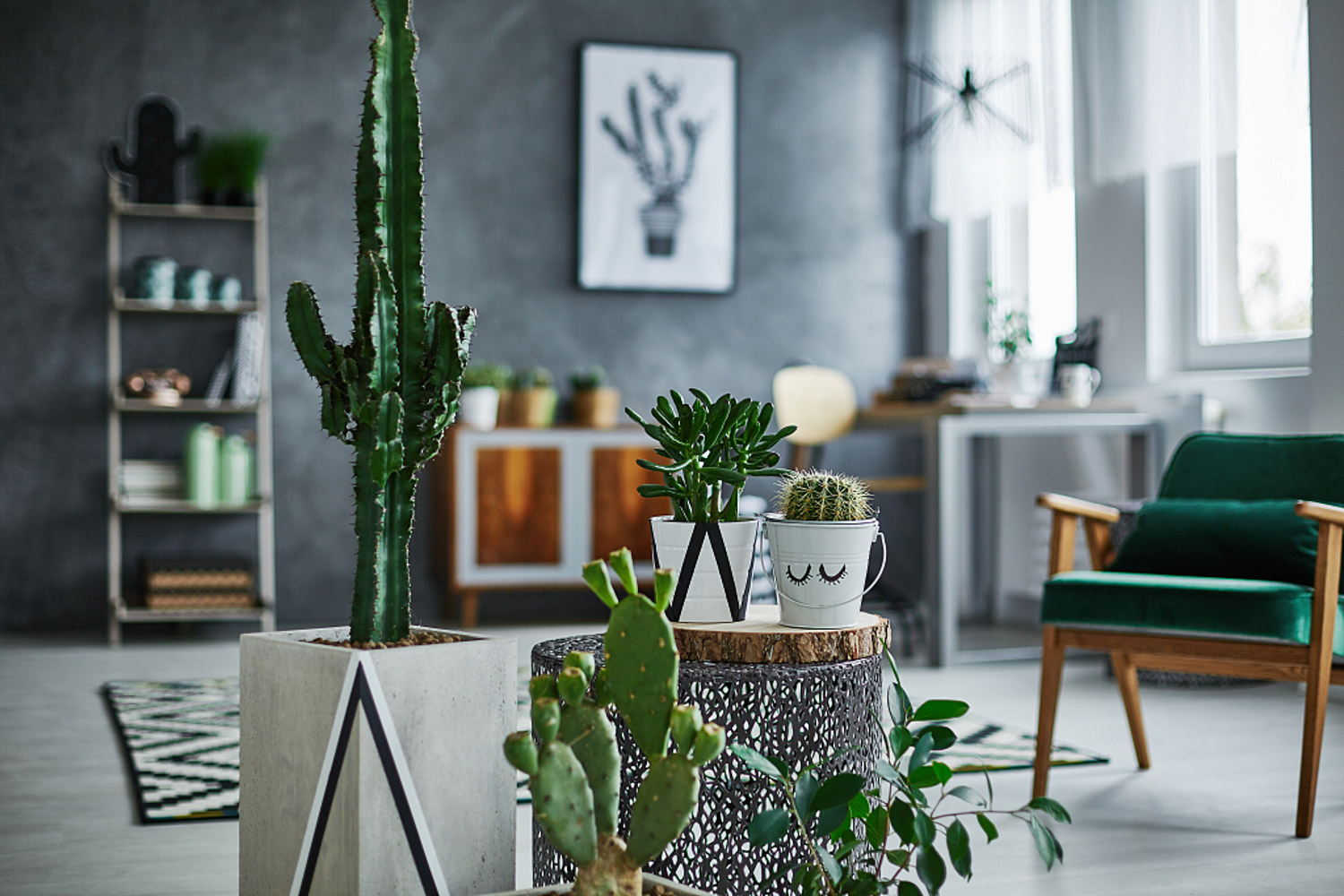
3、 Diagnosis and treatment problems
1. Disease: leaf spot is the main disease, which will seriously affect its ornamental, so wettable powder can be used to control it
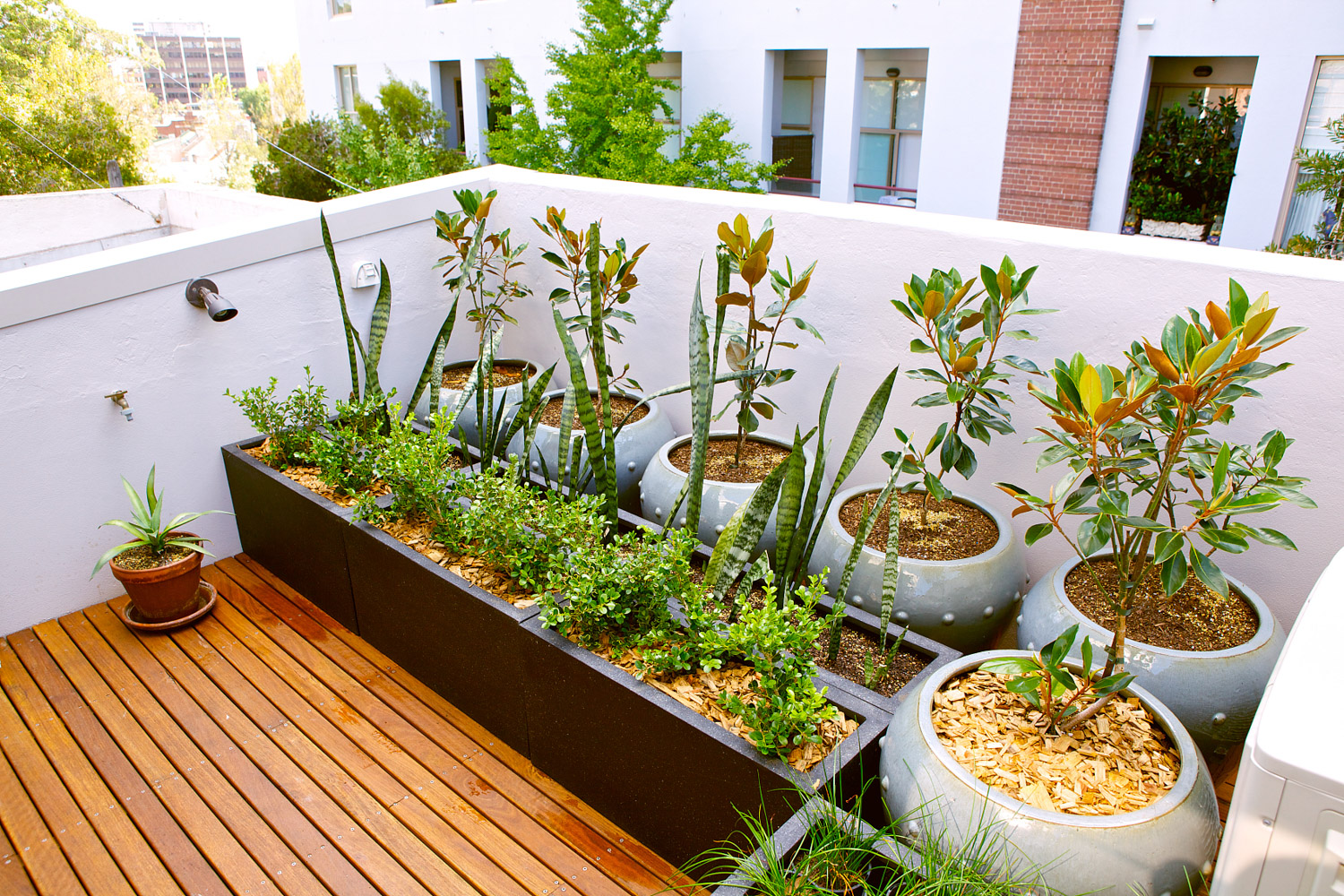
2. Pests: red spiders appear more often. Generally, they can be completely eliminated with insecticides, and they can also be directly removed manually during the larval stage
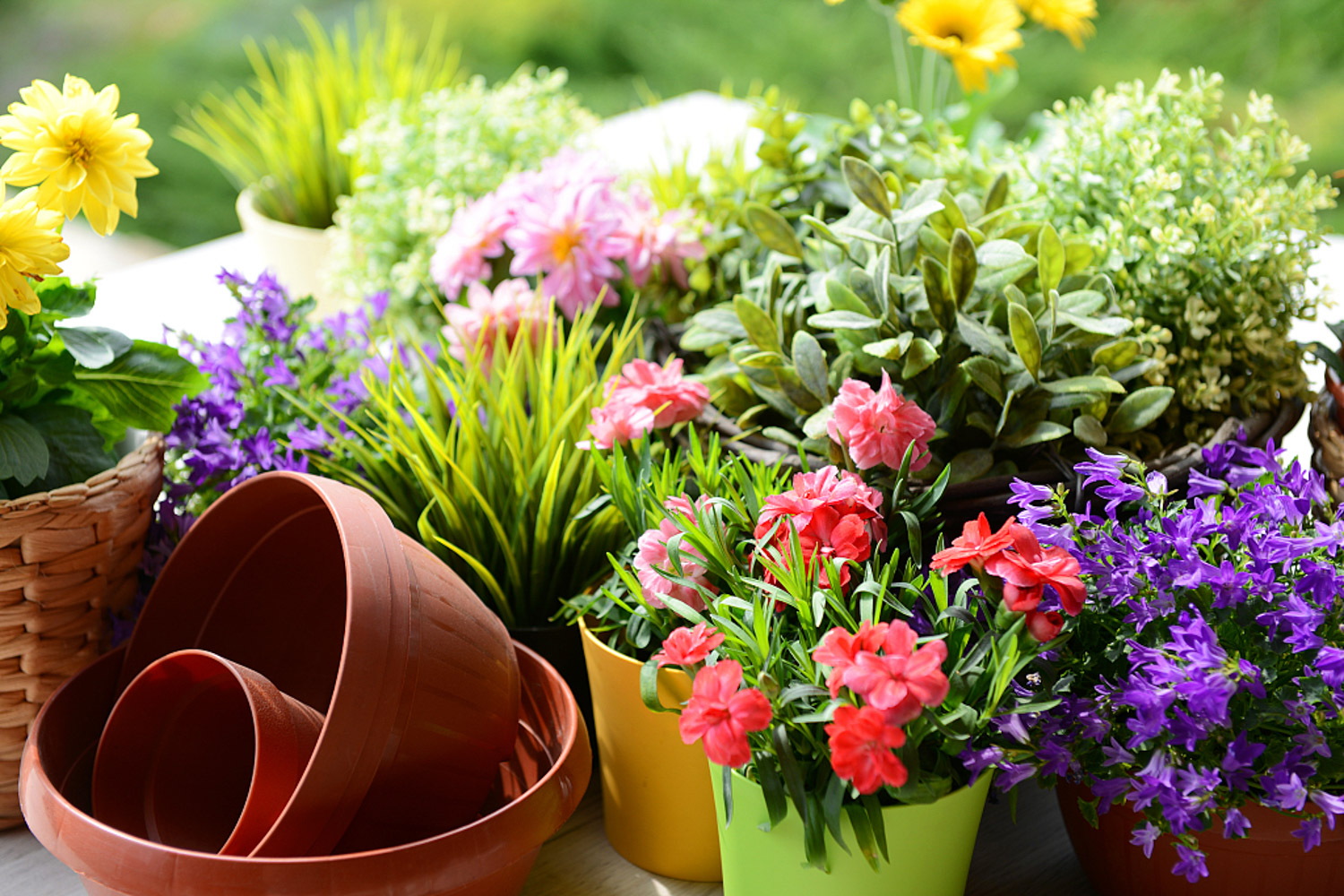
4、 Other issues
1. Toxicity: it is non-toxic, its color is very bright, and breeding is very common
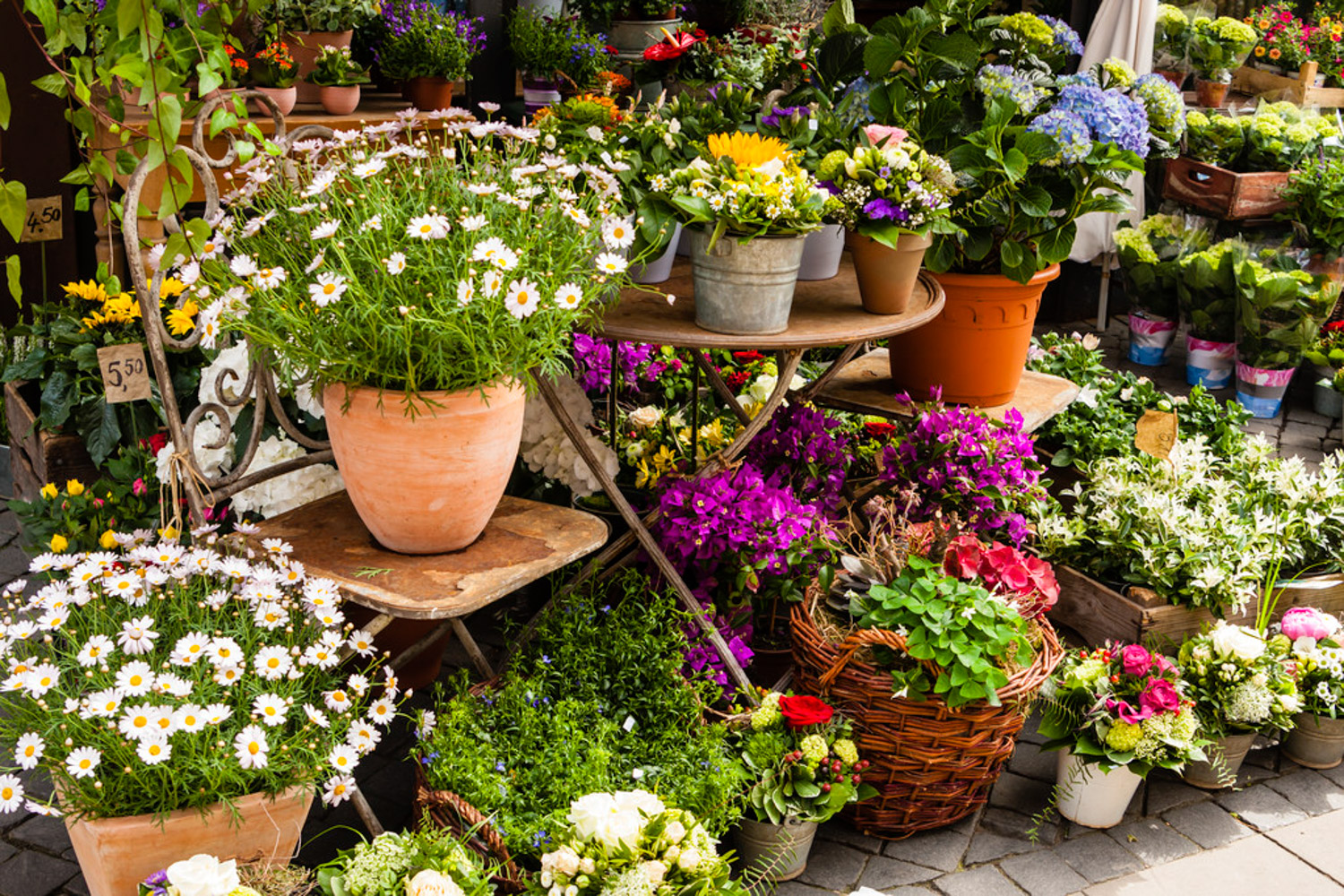
2. Whether it can be raised at home: Yes, its ornamental value is still relatively high. When breeding at home, you need to pay attention to ventilation and light. If you can, you can directly open the window
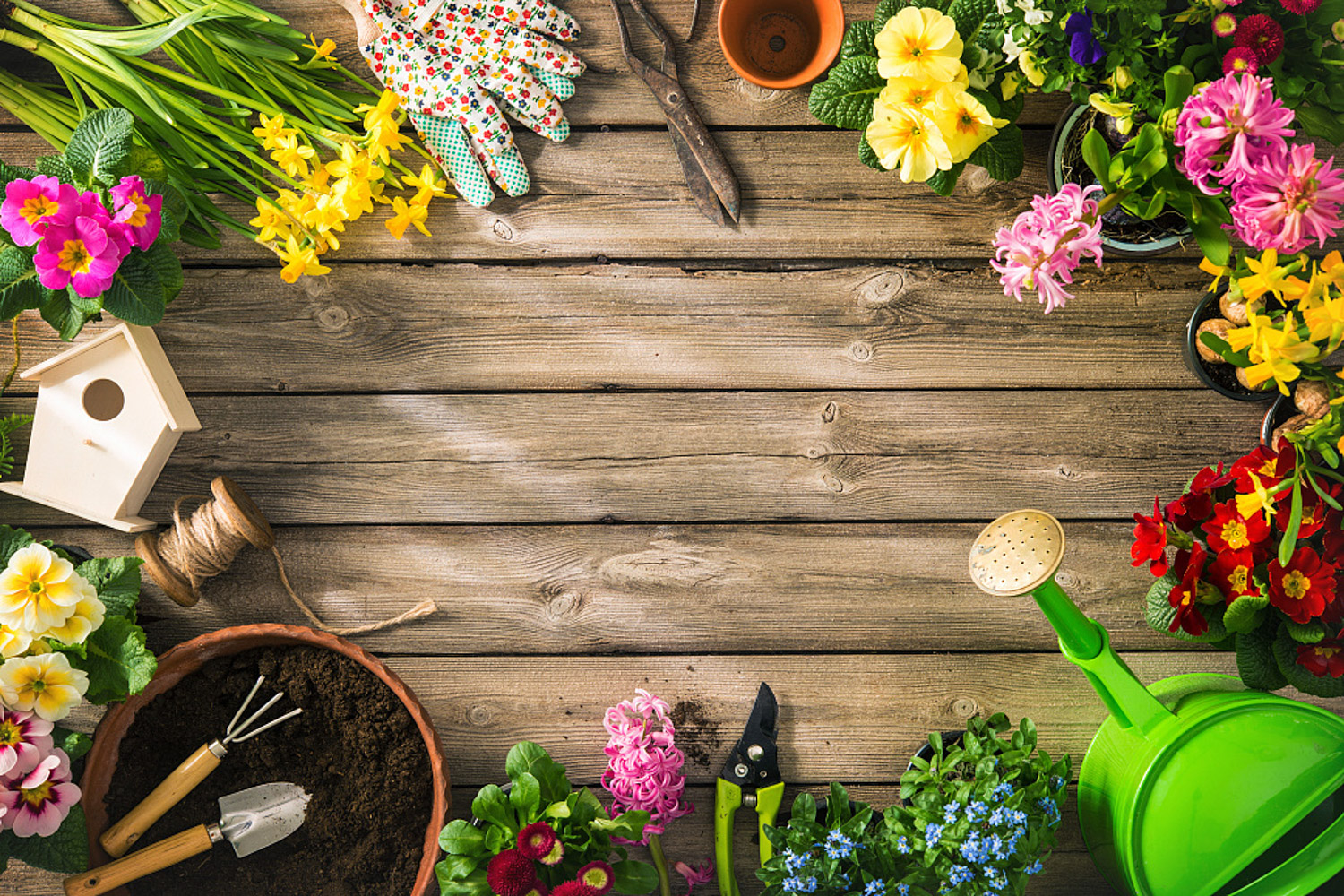

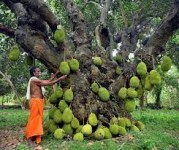 jackfruit
jackfruit snake plant
snake plant hibiscus
hibiscus hydrangea
hydrangea lavender
lavender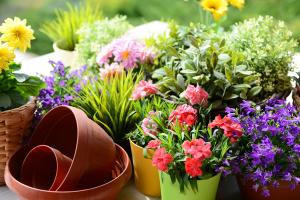 Green roses climb al...
Green roses climb al...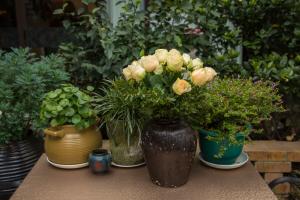 If you don't pay att...
If you don't pay att...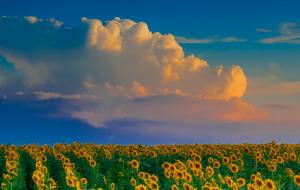 Management of four g...
Management of four g...